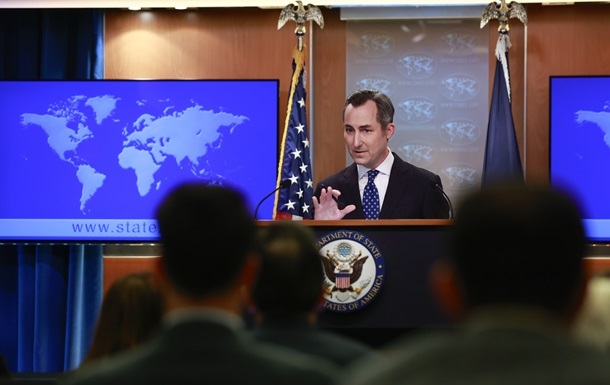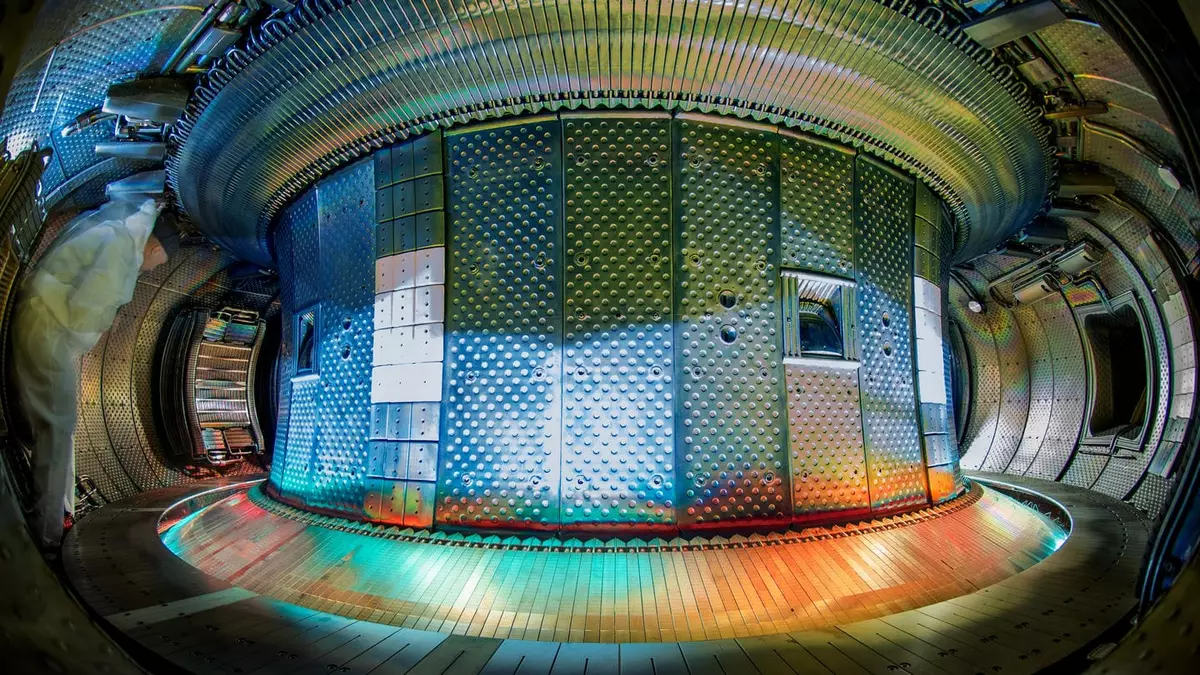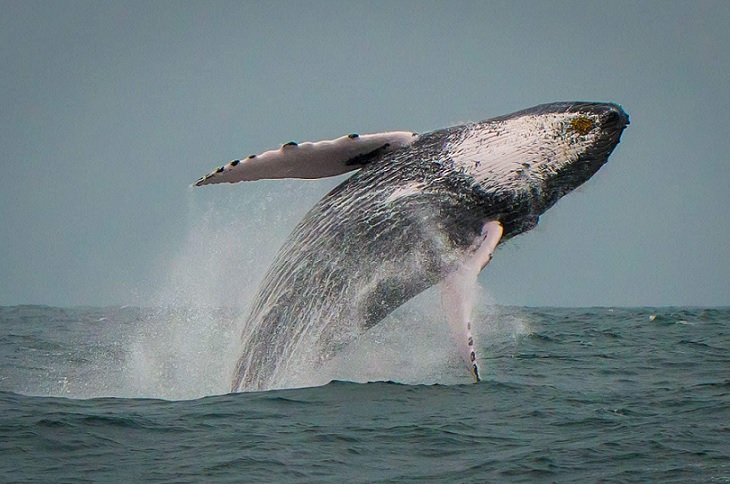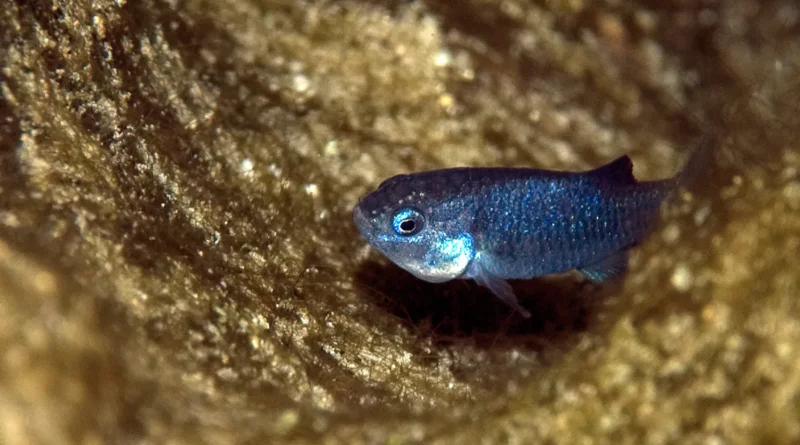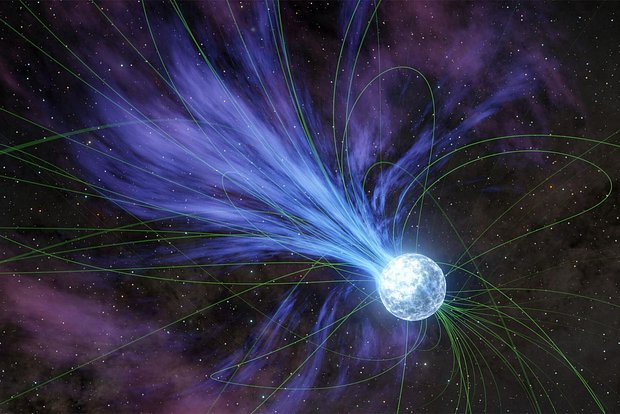
Climate change is a global phenomenon, but its impact is felt at a very local level. Take, for example, dust. Dust can have a huge impact on local air quality, food security, energy supply and public health. However, little is known about how global climate change affects dust levels.
Previous studies have shown that dust levels are actually decreasing across India, particularly in northern India, the Gulf Coast and much of the Middle East, but the reason remains unclear. Researchers at Harvard's John A. Paulson School of Engineering and Applied Science (SEAS) are working to understand how global climate change is affecting dust levels in the region.
In the article published by Proceedings of the National Academy of Sciences, a team of researchers led by Michael B. McElroy, the Gilbert Butler Professor of Environmental Studies at SEAS, found that the reduction in dust can be explained by a much faster warming of the Arctic. than the rest of the planet, a phenomenon known as arctic amplification.
This process destabilizes the jet stream and changes the trajectory of storms and winds over the main sources of dust in West and South Asia, namely the Arabian Peninsula and the Thar Desert between India and Pakistan.
"Local land management, rapid urbanization and industrialization certainly contribute to increased dust levels in West and South Asia, but a new finding from our study is the increasingly dominant influence of circulation change on the broader global climate context," McElroy said.
"Changes in atmospheric circulation patterns driven by changes in global climate dynamics appear to be a major driver of the observed recent decline in dust in West and South Asia."
What does this mean for the future of dust in the region? It all depends on how we curb emissions. Ironically, the best emissions scenario—carbon neutrality—may have the worst impact on dust. If humans can reduce emissions enough to slow or stop the increase in the Arctic, the jet stream and wind patterns will likely return to pre-warming conditions, leading to more dust.
Of course, that doesn't mean we shouldn't strive for carbon neutrality, McElroy said. But as the global community works to reduce greenhouse gas emissions, local governments must work to reduce dust at the same time.
"At the local level, we need to think about strengthening anti-desertification measures, such as reforestation and irrigation management, and how to better control dust concentrations in cities in conjunction with broader climate mitigation strategies," McElroy said.


 66
66
